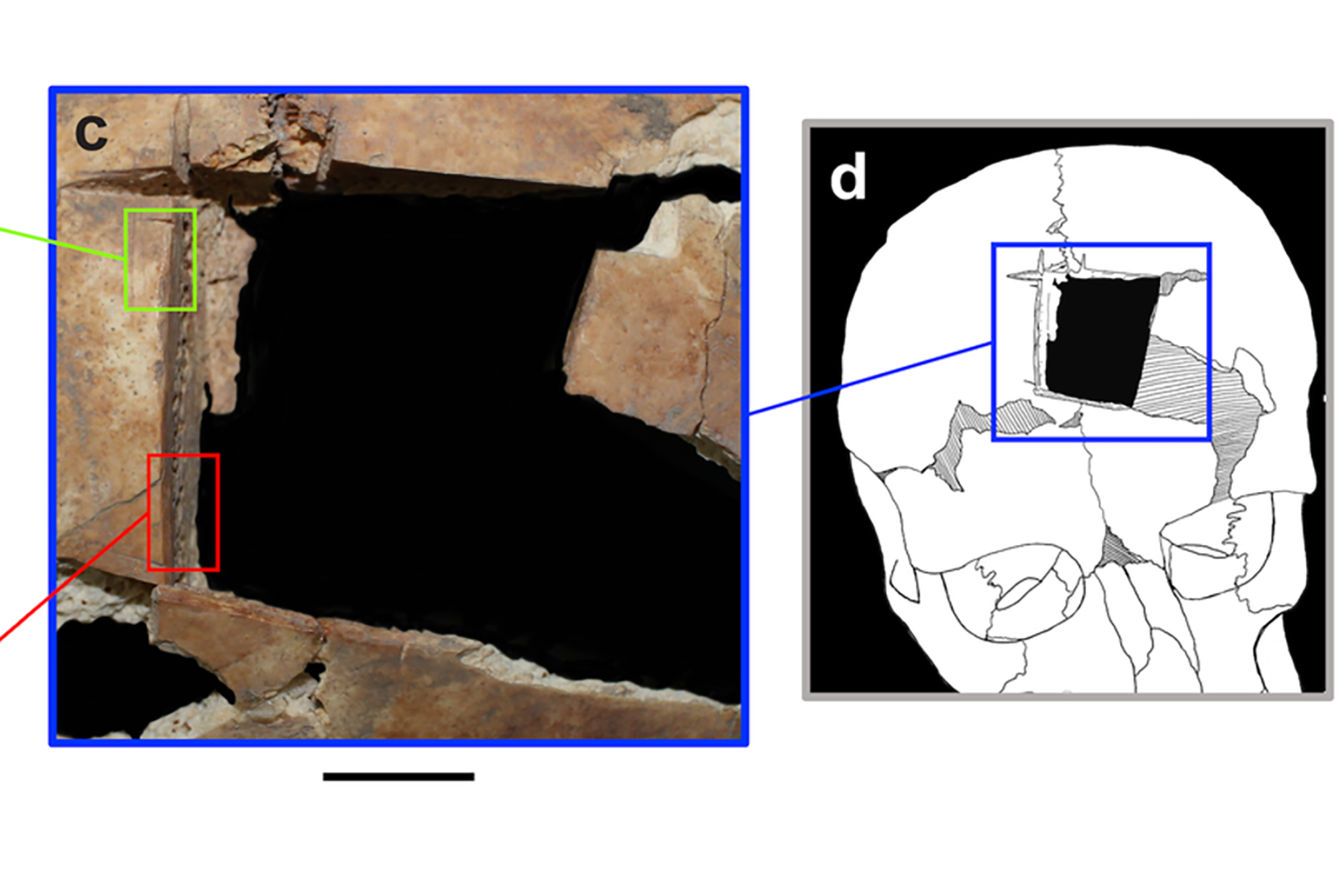Earliest evidence of ‘uncommon’ type of brain surgery found in Israel
The procedure may have been done as a medical intervention to tackle deteriorating health, researchers said.

Your support helps us to tell the story
From reproductive rights to climate change to Big Tech, The Independent is on the ground when the story is developing. Whether it's investigating the financials of Elon Musk's pro-Trump PAC or producing our latest documentary, 'The A Word', which shines a light on the American women fighting for reproductive rights, we know how important it is to parse out the facts from the messaging.
At such a critical moment in US history, we need reporters on the ground. Your donation allows us to keep sending journalists to speak to both sides of the story.
The Independent is trusted by Americans across the entire political spectrum. And unlike many other quality news outlets, we choose not to lock Americans out of our reporting and analysis with paywalls. We believe quality journalism should be available to everyone, paid for by those who can afford it.
Your support makes all the difference.The earliest evidence of an “uncommon” type of brain surgery performed some time around 1500 BC has been unearthed by archaeologists in Israel.
Scientists examined the remains of two individuals – thought to be brothers – buried in a tomb at the archaeological site of Tel Megiddo.
One of the skulls has a 30mm square hole in the frontal bone, where a piece was surgically removed as part of an ancient medical procedure known as trephination.
Although this procedure is thought to have existed for thousands of years, experts said this type of trephination is the earliest example of its kind to be found in the ancient Near East – which covers western Asia, south-eastern Europe and north Africa.
These brothers were obviously living with some pretty intense pathological circumstances that, in this time, would have been tough to endure without wealth and status
Doctors today perform a similar procedure, known as craniotomy, to treat tumours or blood clots or remove foreign bodies such as bullets.
Rachel Kalisher, a doctoral student at Brown University’s Joukowsky Institute for Archaeology and the Ancient World in the US, said: “We have evidence that trephination has been this universal, widespread type of surgery for thousands of years.
“But in the Near East, we don’t see it so often – there are only about a dozen examples of trephination in this entire region.”
The scientists believe one of the brothers had undergone a specific type of cranial surgery called angular notched trephination.
The procedure involves carving four intersecting lines in the skull and using leverage to create a square hole.
Experts believe this type of medical treatment was rare in the region and only accessible to the elite.
Analysis of the bones suggests both brothers suffered from some form of chronic disease.
Ms Kalisher said: “These brothers were obviously living with some pretty intense pathological circumstances that, in this time, would have been tough to endure without wealth and status.”
The researchers believe the upper-class brothers lived in Megiddo around the 15th century.
Their tombs were found adorned with high-quality food and ceramics similar to other nearby high-status tombs.
One of the brothers is thought to have died in his teens or early 20s and the other some time between his 20s and 40s, both possibly with some form of infectious disease.
Writing in the journal Plos One, the researchers said: “Among the study’s multiple findings, we wish to highlight the special type of cranial trephination, the earliest of its kind in the region.
“This uncommon procedure was done on an elite individual with both developmental anomalies and infectious disease, which leads us to posit that this operation may have been an intervention to deteriorating health.”